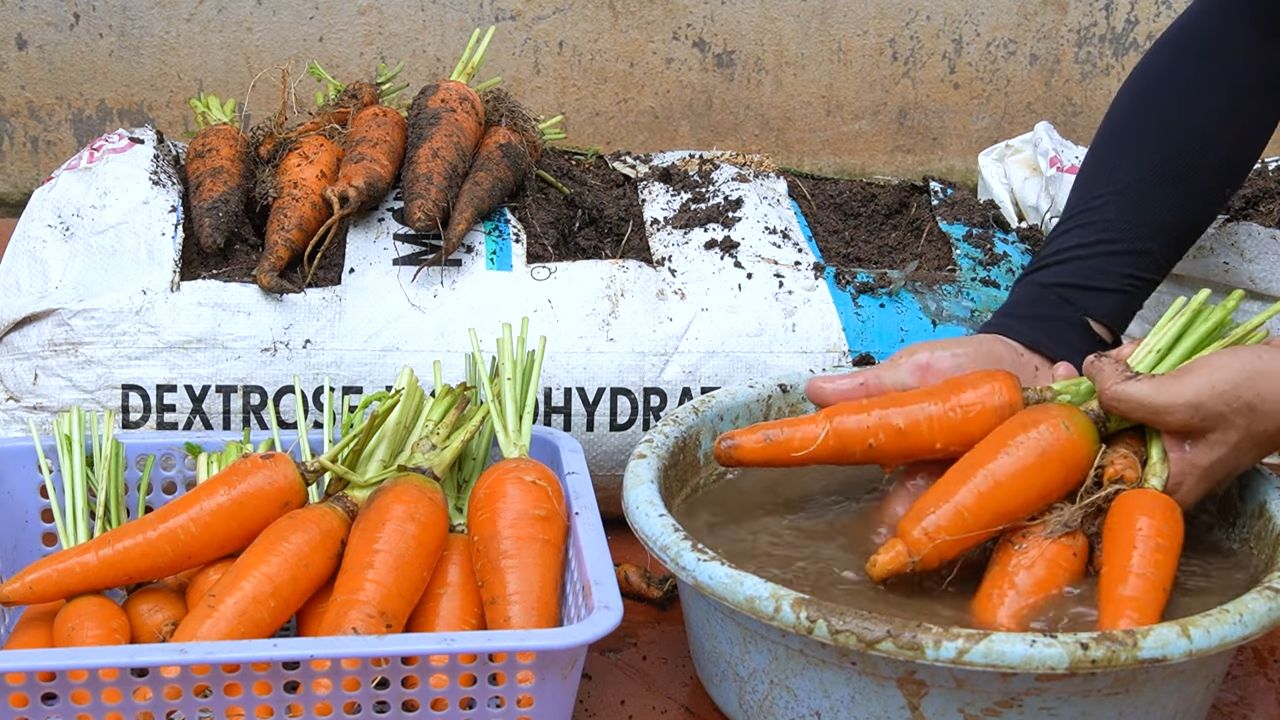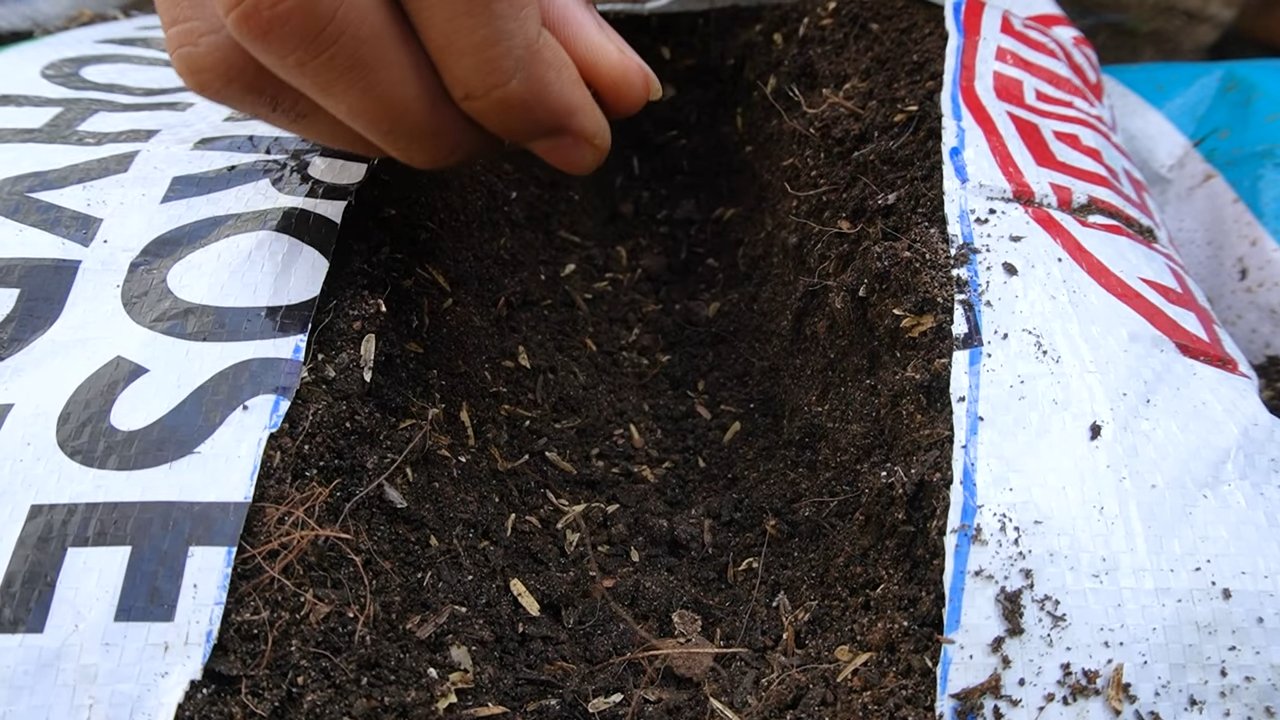Grow Strawberries from Scratch and unlock a world of sweet, juicy goodness right in your own backyard! Imagine plucking sun-ripened strawberries, bursting with flavor, from your very own plants. Forget those bland, store-bought berries – we’re talking about a taste sensation you can only achieve with homegrown love.
For centuries, strawberries have been cherished for their delicious taste and vibrant color. From ancient Roman gardens to medieval monastery plots, these little red gems have held a special place in our hearts and on our tables. Now, you too can join this rich tradition and experience the joy of cultivating your own strawberry patch.
Why should you learn to grow strawberries from scratch? Well, besides the unparalleled flavor, it’s incredibly rewarding! Plus, it’s a fantastic way to connect with nature, reduce your reliance on grocery stores, and even save money in the long run. Many people struggle with getting their strawberry plants to thrive, often facing issues like poor soil, pests, or lack of sunlight. But fear not! This DIY guide is packed with simple, effective tricks and hacks to help you overcome these challenges and achieve a bountiful harvest. I’m here to guide you through every step, from choosing the right variety to protecting your precious berries from hungry critters. Let’s get started and transform your garden into a strawberry paradise!

Growing Strawberries Yourself: Your DIY Guide for a Bountiful Harvest
Hey strawberry lovers! Have you ever wondered what it would be like to grow your own juicy strawberries in your garden or even on your balcony? I can tell you, it’s easier than you think and incredibly satisfying! In this article, I’ll show you step-by-step how you can grow strawberries from scratch yourself. Whether you’re an experienced gardener or just starting out, this guide will help you achieve a bountiful harvest.
The Basics: What You Need
Before we get started, let’s make sure you have everything you need. Here is a list of the most important materials and tools:
- Strawberry seeds or strawberry plants: You can either start with seeds (which takes a bit longer) or buy pre-grown plants. Personally, I find plants easier for beginners.
- Seed starting mix: Special seed starting mix is lighter and has fewer nutrients than regular potting soil and is ideal for germinating seeds.
- Pots or seed trays: For starting seeds or repotting plants.
- Potting soil: High-quality potting soil for the final transplanting into larger pots or into the garden bed.
- Fertilizer: A special strawberry fertilizer ensures optimal nutrient supply.
- Watering can or spray bottle: For watering the plants.
- Pruning shears: For removing dead leaves and runners.
- Mulch: Straw or wood chips to keep the soil moist and suppress weeds.
- A sunny location: Strawberries love the sun!
- Patience: The most important ingredient!
Phase 1: Starting from Seed (if you’re beginning with seeds)
If you’ve decided to go the seed route, here’s how to proceed:
- Prepare the seeds: Strawberry seeds are very small and often germinate irregularly. To improve germination, you can stratify them. This means you put the seeds in the refrigerator for 2-4 weeks. To do this, place them in a damp paper towel, pack it in a plastic bag, and label it with the date.
- Sowing: Fill your seed trays or pots with seed starting mix. Lightly moisten the soil. Distribute the seeds evenly on the surface of the soil. Since they are very small, you don’t need to cover them with soil. Just press them down lightly.
- Maintain moisture: Spray the seeds regularly with a spray bottle to keep the soil moist. You can also cover the trays with plastic wrap to increase humidity. Be sure to air out the plastic wrap regularly to prevent mold.
- Location: Place the seed trays in a bright, warm place, but not in direct sunlight. A temperature of 20-25°C (68-77°F) is ideal.
- Be patient: Germination can take 2-4 weeks. Once the first seedlings appear, remove the plastic wrap and make sure the soil doesn’t dry out.
- Pricking out: When the seedlings are large enough to handle (about 2-3 true leaves), you can transplant them into separate pots. Use regular potting soil for this.
Phase 2: Preparing the Plants (for seeds and plants)
Whether you’ve grown your strawberries from seed or bought pre-grown plants, this step is crucial:
- Acclimatization: Before you plant your strawberry plants outdoors, you should get them used to the outdoor conditions. Place them outside for a few hours a day, starting with one hour and increasing the time each day. This is called “hardening off.”
- Choosing a location: Strawberries love the sun! Choose a sunny location with at least 6 hours of sun per day. The soil should be well-draining and rich in humus.
- Preparing the soil: Loosen the soil well and remove weeds. Mix in compost or organic fertilizer to enrich the soil with nutrients.
Phase 3: Transplanting
Now comes the exciting part: transplanting your strawberry plants!
- Spacing: Strawberries need room to grow. Maintain a planting distance of about 20-30 cm (8-12 inches) between plants and 40-50 cm (16-20 inches) between rows.
- Digging planting holes: Dig holes that are large enough to accommodate the root balls of the plants.
- Inserting the plants: Carefully remove the plants from their pots and place them in the holes. Make sure the roots are not squeezed. The top of the root ball should be level with the soil surface.
- Filling the holes: Fill the holes with soil and press it down lightly.
- Watering: Water the plants thoroughly.
Phase 4: The Care
Proper care is crucial for a bountiful strawberry harvest. Here are some tips:
- Watering: Strawberries need regular water, especially during flowering and fruit development. Make sure the soil is always slightly moist, but not wet. Avoid watering the leaves, as this can promote fungal diseases.
- Fertilizing: Fertilize your strawberries regularly with a special strawberry fertilizer. Follow the instructions on the package.
- Mulching: Cover the soil around the plants with straw or wood chips. This keeps the soil moist, suppresses weeds, and protects the fruit from dirt.
- Removing weeds: Remove weeds regularly to prevent them from taking nutrients and water from the strawberries.
- Removing runners: Strawberries form runners on which new plants grow. If you want to focus on fruit production, you should remove the runners regularly. If you want to grow new plants, you can guide some runners into pots with soil and let them root.
- Protecting against pests and diseases: Strawberries can be affected by various pests and diseases. Look for signs like aphids, snails, or fungal infections. If necessary, you can use organic pesticides or fungicides. A net over the plants will protect them from birds that like to snack on the ripe fruit.
Phase 5: The Harvest
The moment you’ve been waiting for: the harvest!
- Recognizing ripeness: Strawberries are ripe when they are deep red and slightly soft. They should detach easily from the stem.
- Harvesting: Carefully pick the ripe strawberries. Leave the stem on the fruit to make it last longer.
- Enjoying: Enjoy your homegrown strawberries plain, in a cake, in yogurt, or as jam!
Additional Tips and Tricks
Different varieties: There are many different strawberry varieties that differ in taste, size, and harvest time. Try out different varieties.
Strawberries in a pot: Strawberries are excellent for growing in pots. Choose a sufficiently large pot (at least 20 cm or 8 inches in diameter) and use high-quality potting soil.
Hanging strawberries: Hanging strawberries are a great option for balconies and terraces. They form long runners with fruits that hang down.

Conclusion
So, there you have it! Growing strawberries from scratch might seem daunting at first, but with a little patience and these simple DIY tricks, you’ll be harvesting juicy, red berries in no time. We’ve walked you through the entire process, from selecting the right variety to nurturing your plants for optimal growth. Remember, the key to success lies in providing the right environment: plenty of sunlight, well-drained soil, and consistent watering.
But why should you bother with all this effort when you can simply buy strawberries at the store? The answer is simple: flavor and satisfaction. Homegrown strawberries are bursting with a sweetness and aroma that you just can’t find in commercially grown varieties. Plus, there’s an undeniable sense of accomplishment that comes with nurturing a plant from seed or runner to a bountiful harvest.
Don’t be afraid to experiment! Try different strawberry varieties to find your favorites. Everbearing varieties will provide a continuous harvest throughout the growing season, while June-bearing varieties offer a larger, concentrated crop. You can also explore different growing methods. Container gardening is a great option for those with limited space, while raised beds can improve drainage and soil quality. Consider companion planting with herbs like basil or thyme to deter pests and enhance the flavor of your strawberries.
For those looking for a fun project with kids, growing strawberries from seed is a fantastic educational experience. It teaches them about the life cycle of plants, the importance of patience, and the rewards of hard work. Plus, they’ll be much more likely to eat their fruits and vegetables when they’ve grown them themselves!
Growing strawberries from scratch is more than just a gardening project; it’s an investment in fresh, delicious food, a connection to nature, and a rewarding experience for the whole family.
We encourage you to give these DIY tricks a try. Start small, learn as you go, and don’t be discouraged by setbacks. Gardening is a journey, and every mistake is an opportunity to learn and improve.
Once you’ve harvested your first batch of homegrown strawberries, be sure to share your experience with us! Post photos of your plants, your harvest, and your favorite strawberry recipes on social media using #HomegrownStrawberries. We can’t wait to see your success! Let’s build a community of strawberry enthusiasts and inspire others to experience the joy of growing their own food. Happy gardening!
Frequently Asked Questions (FAQ)
Q: What is the best time of year to start growing strawberries from scratch?
A: The best time to start growing strawberries depends on your climate and the method you choose. If you’re starting from seeds, it’s best to start them indoors 6-8 weeks before the last expected frost. This allows the seedlings to develop a strong root system before being transplanted outdoors. If you’re planting strawberry runners or bare-root plants, the ideal time is in early spring or late fall, when the weather is cool and moist. This gives the plants time to establish themselves before the heat of summer or the cold of winter. In warmer climates, fall planting is generally preferred.
Q: What kind of soil is best for growing strawberries?
A: Strawberries thrive in well-drained, slightly acidic soil with a pH between 5.5 and 6.5. The soil should be rich in organic matter to provide essential nutrients and improve drainage. Before planting, amend the soil with compost, well-rotted manure, or other organic materials. Avoid heavy clay soils, as they can retain too much moisture and lead to root rot. If you have clay soil, consider growing strawberries in raised beds or containers with a suitable potting mix. Good drainage is absolutely crucial for healthy strawberry plants.
Q: How much sunlight do strawberries need?
A: Strawberries need at least 6-8 hours of direct sunlight per day to produce a bountiful harvest. Choose a planting location that receives full sun throughout the day. If you live in a hot climate, some afternoon shade may be beneficial to prevent the plants from overheating. Insufficient sunlight can result in smaller berries and reduced yields.
Q: How often should I water my strawberry plants?
A: Strawberries need consistent watering, especially during dry periods. Water deeply and regularly, aiming to keep the soil consistently moist but not waterlogged. The frequency of watering will depend on the weather, soil type, and drainage. Check the soil moisture regularly by sticking your finger into the soil. If the top inch feels dry, it’s time to water. Avoid overhead watering, as it can promote fungal diseases. Drip irrigation or soaker hoses are the best methods for watering strawberries, as they deliver water directly to the roots.
Q: How do I fertilize my strawberry plants?
A: Strawberries benefit from regular fertilization to support healthy growth and fruit production. Apply a balanced fertilizer (e.g., 10-10-10) in early spring, before the plants begin to flower. Avoid over-fertilizing, as this can lead to excessive foliage growth and reduced fruit production. You can also use organic fertilizers, such as compost tea or fish emulsion, to provide essential nutrients. Side-dress the plants with compost or well-rotted manure throughout the growing season to maintain soil fertility.
Q: How do I protect my strawberries from pests and diseases?
A: Strawberries are susceptible to various pests and diseases, including slugs, snails, aphids, spider mites, and fungal diseases like gray mold. To protect your plants, practice good garden hygiene by removing dead leaves and debris. Use organic pest control methods, such as diatomaceous earth or insecticidal soap, to control pests. Ensure good air circulation around the plants to prevent fungal diseases. Consider using row covers to protect the plants from birds and other animals. Regularly inspect your plants for signs of pests or diseases and take action promptly.
Q: How do I propagate strawberries?
A: Strawberries are easily propagated from runners, which are horizontal stems that grow from the mother plant. These runners will develop roots and form new plantlets. To propagate strawberries, simply pin the runners to the soil with a U-shaped pin or rock. Once the plantlets have developed a strong root system, you can cut them from the mother plant and transplant them to a new location. This is a simple and effective way to expand your strawberry patch.
Q: How long does it take for strawberries to produce fruit?
A: The time it takes for strawberries to produce fruit depends on the variety and the planting method. Strawberries planted from runners or bare-root plants typically produce fruit in the first year, although the yield may be smaller. Strawberries grown from seeds may take longer to produce fruit, usually in the second year. Everbearing varieties will produce fruit throughout the growing season, while June-bearing varieties will produce a larger crop in a shorter period.
Q: How do I store my harvested strawberries?
A: Freshly harvested strawberries are best enjoyed immediately, but they can be stored in the refrigerator for a few days. To store strawberries, gently rinse them with cold water and pat them dry. Remove any damaged or moldy berries. Place the strawberries in a single layer in a container lined with paper towels. Store the container in the refrigerator. Avoid washing the strawberries until you’re ready to eat them, as moisture can promote spoilage. You can also freeze strawberries for longer storage. To freeze strawberries, wash and hull them, then spread them out on a baking sheet and freeze them until solid. Transfer the frozen strawberries to a freezer bag or container.





Leave a Comment